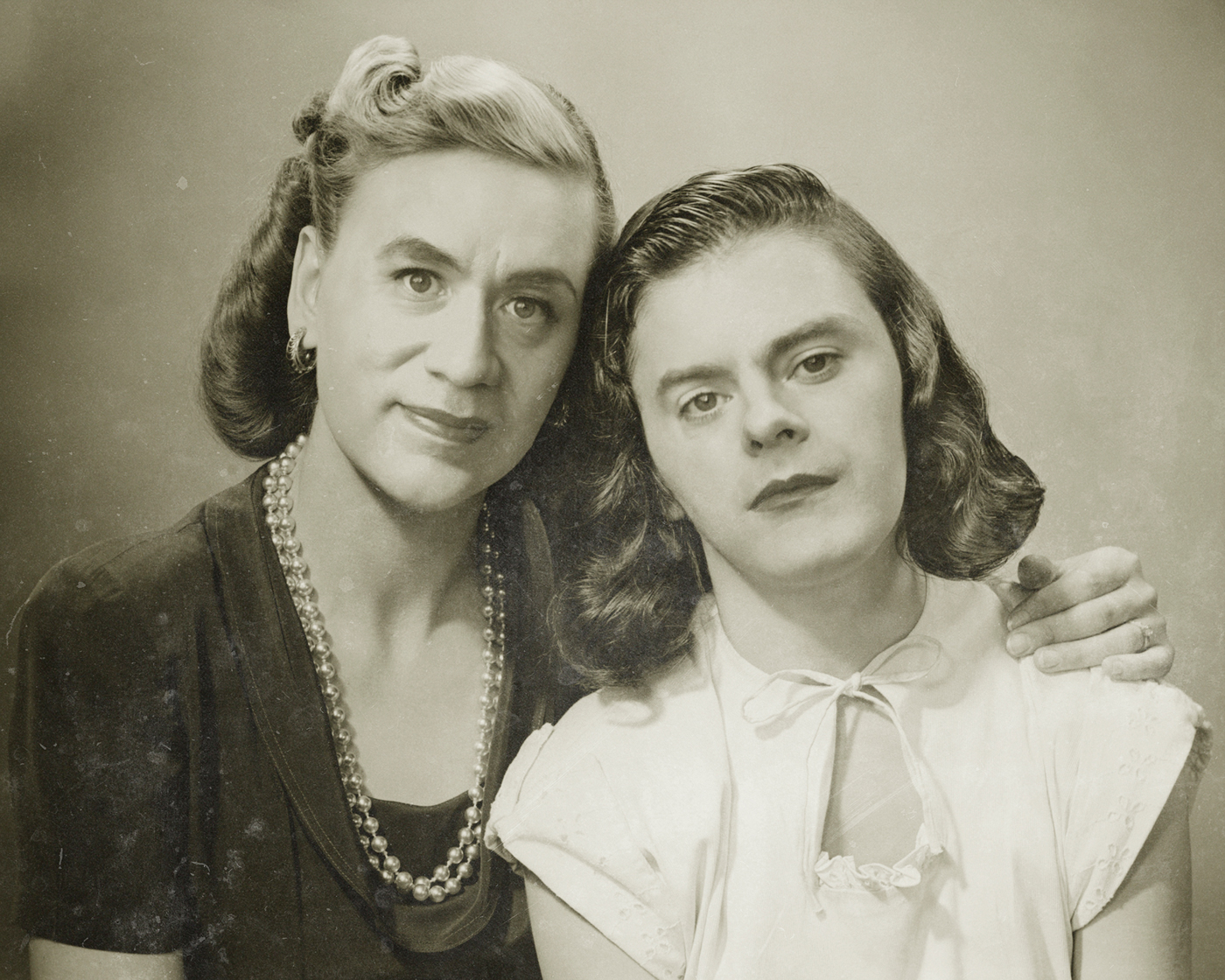Longtime SNL DP Alex Buono replicates classic nonfiction of all stripes for the new IFC series, Documentary Now! By Matt Hurwitz.
Two women, a mother and daughter – both with the same name – are introduced in classic cinema vérité fashion. The younger, more odd lady is showing us around their rundown house, hoping to pass the duo off as just a step away from high class. Interrupted by her mother, she screams at the old woman, who, we see, is Fred Armisen in a dress! Wait – isn’t this Grey Gardens, the critically acclaimed 1975 documentary from those revered nonfiction masters The Maysles Brothers?
Not quite. It’s Documentary Now!, a seven-part series from IFC Channel that premiered in August, which parodies well-known documentaries of the past – everything from silent film (“Kunuk Uncovered” poking at Robert Flaherty’s Nanook of the North) and Errol Morris’s Thin Blue Line (“The Eye Doesn’t Lie”) to such music docs as History of The Eagles (“Gentle & Soft: The Story of The Blue Jean Committee”), contemporary news series Vice (“DRONEZ: The Hunt for El Chingon”) and more – all with pinpoint authenticity to the referenced sources.
“It’s rare when doing comedy to be so concerned with the aesthetic,” explains co-star/co-creator and Saturday Night Live veteran Bill Hader. “Usually, people just want to get the joke and move on.” But Hader says documentary is a format that allows for many different looks. “You take that aesthetic, and then put comedy in it, and the viewer is caught off guard,” he adds. “The more serious, the better; that’s part of the joke.”
Documentary Now! was born out of a four-minute SNL sketch from 2013 called “The History of Punk,” a faux Behind the Music-style bit about a fictitious British punk band, Ian Rubbish & The Bizarros. The segment was shot by the SNL film unit, run by director Rhys Thomas and lensed by Guild DP Alex Buono, who has been with SNL since 1999.
“After the show,” Buono explains, “[Doc Now! creators] Bill Hader, Fred Armisen and Seth Meyers all said, “We should pitch this as a series,” and IFC agreed.
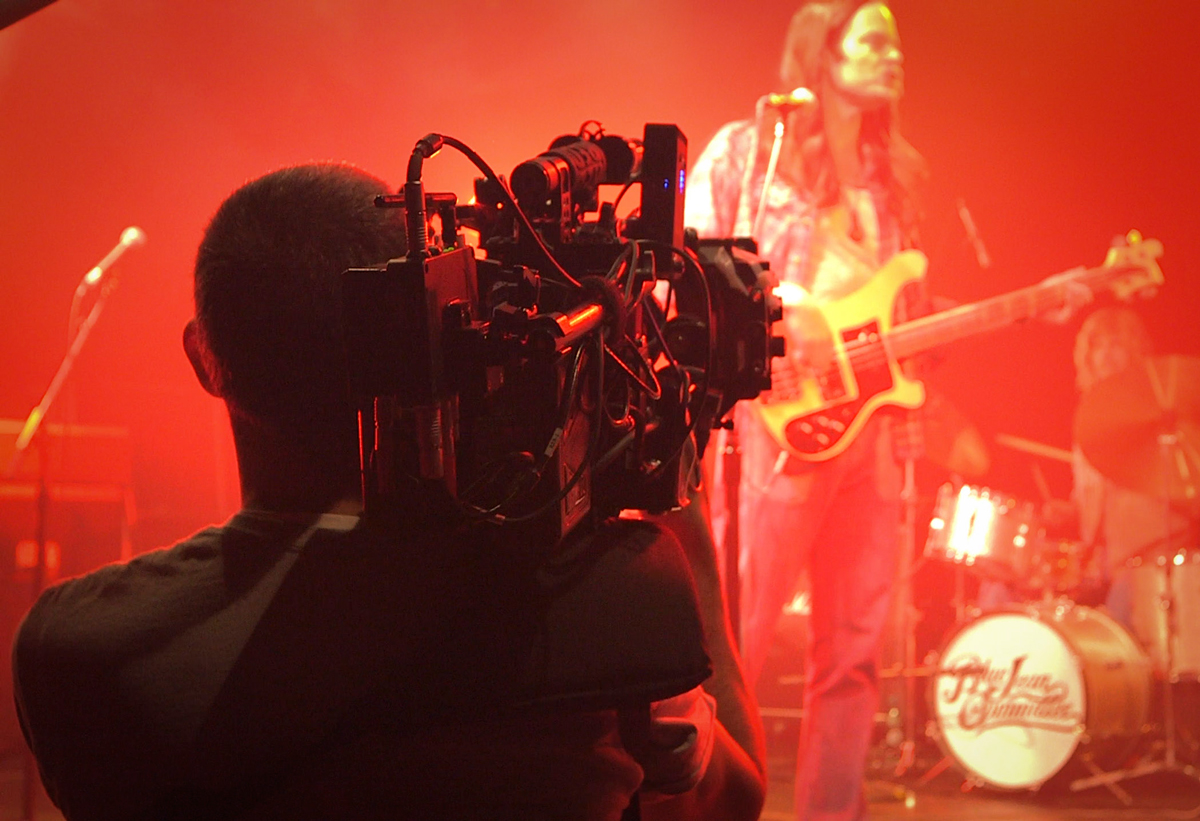
The conceit emerged from SNL’s own 40th anniversary special, which Thomas had produced: A Public Television-type anthology series which presents documentaries each week, celebrating its own 50th anniversary by showing the best from previous seasons.
“We knew we wanted to hit different time periods and different styles,” adds Thomas, who co-created the show and co-directs with Buono. “So we needed a framework which justified that, and this was perfect.”
Authenticity is key to the show’s comedic success. Thomas says they wanted the filmmaking to be a character itself, not just have it serve the comedy, which meant going back and studying the tropes of every variety of documentary seen in the series.
“Once you establish ‘This is real’ with the audience,” says editor Adam Epstein, another veteran of SNL’s film unit, “it allows for the absurdity of taking a real moment in film and just tweaking it a bit, which results in the humor paying off.”
A major element in creating authenticity is matching the look – both in image capture and in post – of the referenced films. Buono and Thomas study interviews with the original directors and DPs to deduce what cameras and lenses were used. “We have to do this every week at SNL for parody films the team produces,” Buono says. “Part of my job as cinematographer [at SNL] is detective work: ‘How did they shoot it? What camera and lenses did they use? What techniques were they going for?’ And, with these period films, the lens is such a huge part of the look – every film was different.”
Adds Thomas, “You can do a lot in color correction to try to find the look of a film stock. But if you’re still operating from a very sharp digital image, it’s never going to feel quite right. So the lens is key.”
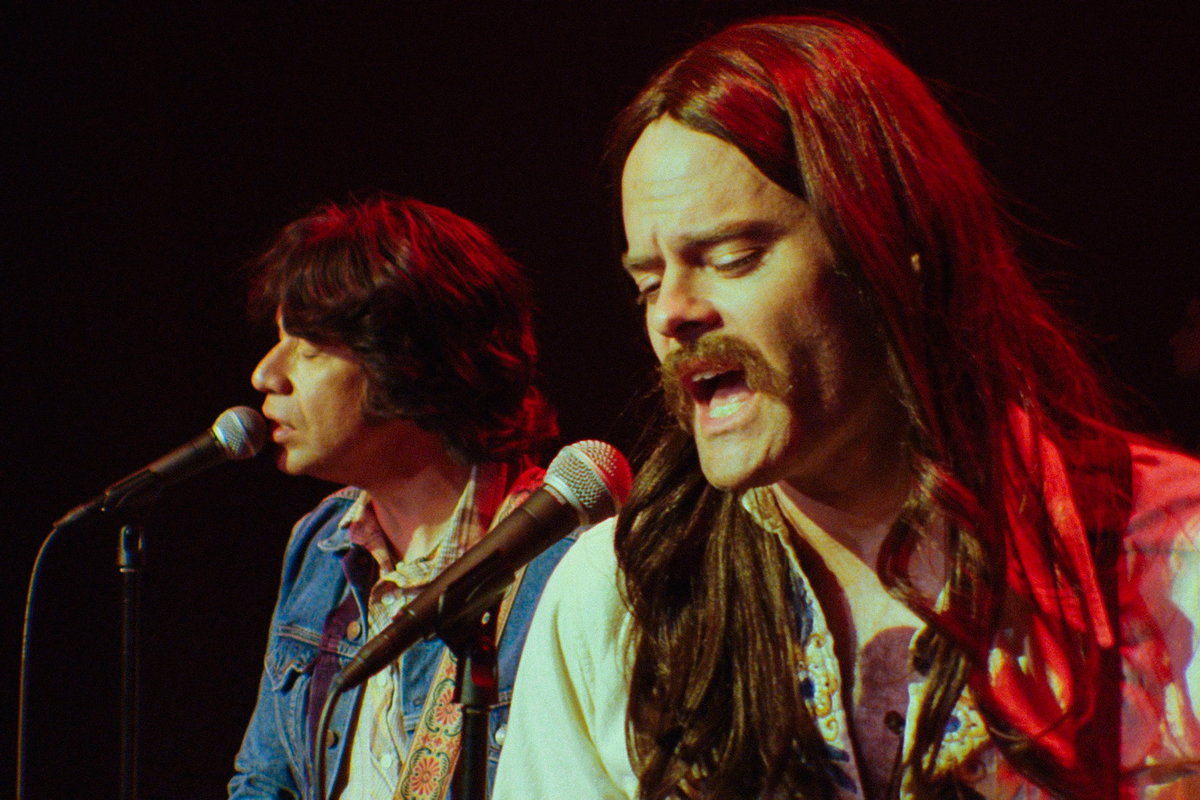
Where possible, Buono consults with the original filmmakers. In the case of “Sandy Passage,” the show’s take on Grey Gardens, Buono corresponded with Albert Maysles, shortly before he passed away. The nonfiction master gladly shared his approach, as well as lens, camera and film stock choices.
Finding those lenses would have been painfully difficult were it not for the SNL film unit’s longstanding relationship with New York camera rental house TCS (Technological Cinevideo Services, Inc.) – who, by good fortune, also had supplied many of the original filmmakers with their equipment.
“They happened to have supplied gear for both Errol Morris’s team and The Maysles Brothers,” Buono says. “They’re like historians themselves and were just committed to finding those lenses for us.” In fact, TCS located not only Angénieux zoom models that matched the Maysles’ lenses, but the original 25-mm Super Speed lenses used by Robert Chappell to photograph The Thin Blue Line (1988), which Buono employed.
For episodes that called for a 16mm film look, Buono shot with the RED DRAGON in order to use period accurate 16mm lenses. “Most digital cinema cameras have a fixed Super35mm sensor size, which is too large for a 16mm lens to cover without vignetting,” Buono explains. “The Dragon has the unique ability to ‘window’ the sensor, i.e., extract a portion of the full sensor that, when shooting at 2K resolution, approximates the size of a 16mm film gate, allowing full coverage of a 16mm lens. It’s also lightweight and practical for all of the handheld work required for the series.”
“Our 1st AC, Andy DePung, is good at streamlining that camera, which made it very easy to swap lenses or go to different modes – and keep it lightweight,” adds camera operator Chris Cuevas, who first worked with Buono on the DP’s debut feature, The Others, in 1997.
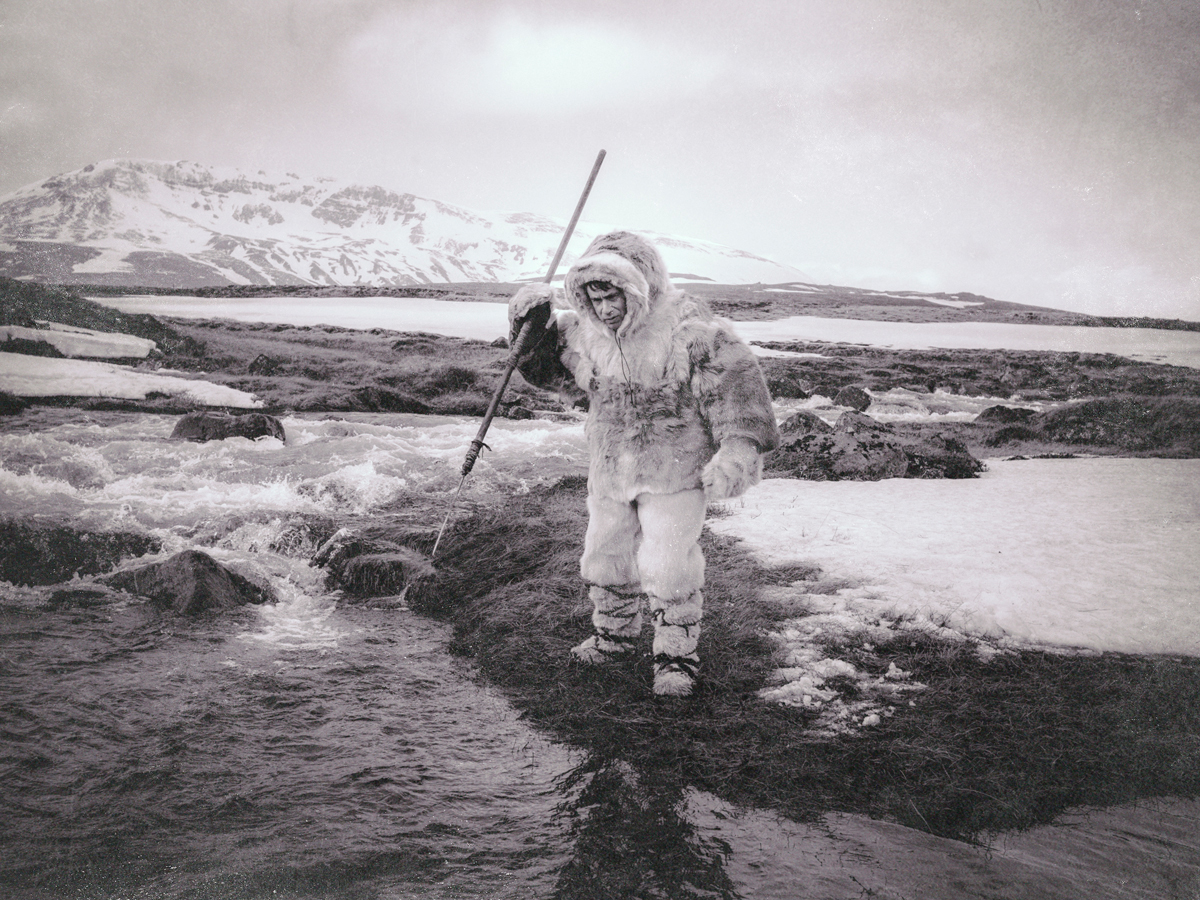
Two of the episodes used different camera systems. “DRONEZ,” the Vice parody, utilized Canon EOS C300s – which the series operators use. Another, “A Town, A Gangster, A Festival” (about a small Icelandic town which hosts an annual Al Capone festival), was shot on a Canon XF305 and XF105. “We wanted it to look like the pre-Internet late-90s, so we used a prosumer 3-chip camcorder, which gave us that small-chip, deep-focus video-y look,” Buono explains.
Documentary Now!’s first season was shot over a 24-day period earlier this year, filming mostly in Los Angeles with Cuevas operating. Two of the episodes – “Kunuk” and “A Town, a Gangster, A Festival” – were shot in and around Reykjavik, Iceland. As noted, Buono, Thomas and Cuevas would study the referenced films carefully, analyzing signature shots and camera moves of both the filmmakers and the periods.
For “Sandy Passage,” Buono carefully studied all of the Maysles’ films for “things like: are they on the wide side of the lens or the tight side? How are they covering scenes? Are they cutting into closeups, or are they just letting it play wide? Rhys and I would spot some of those moves, and then have a starting place that was very identifiable,” the DP recalls.
“We would start there, and begin adding our story on top, and just ask, ‘How would the Maysles have covered this scene?’” Thomas adds. “Of course, today you’d cover the hell out of it with multiple cameras to give yourself options. But they only had one camera, so we would have to make sure not to position the camera in too convenient a place.”
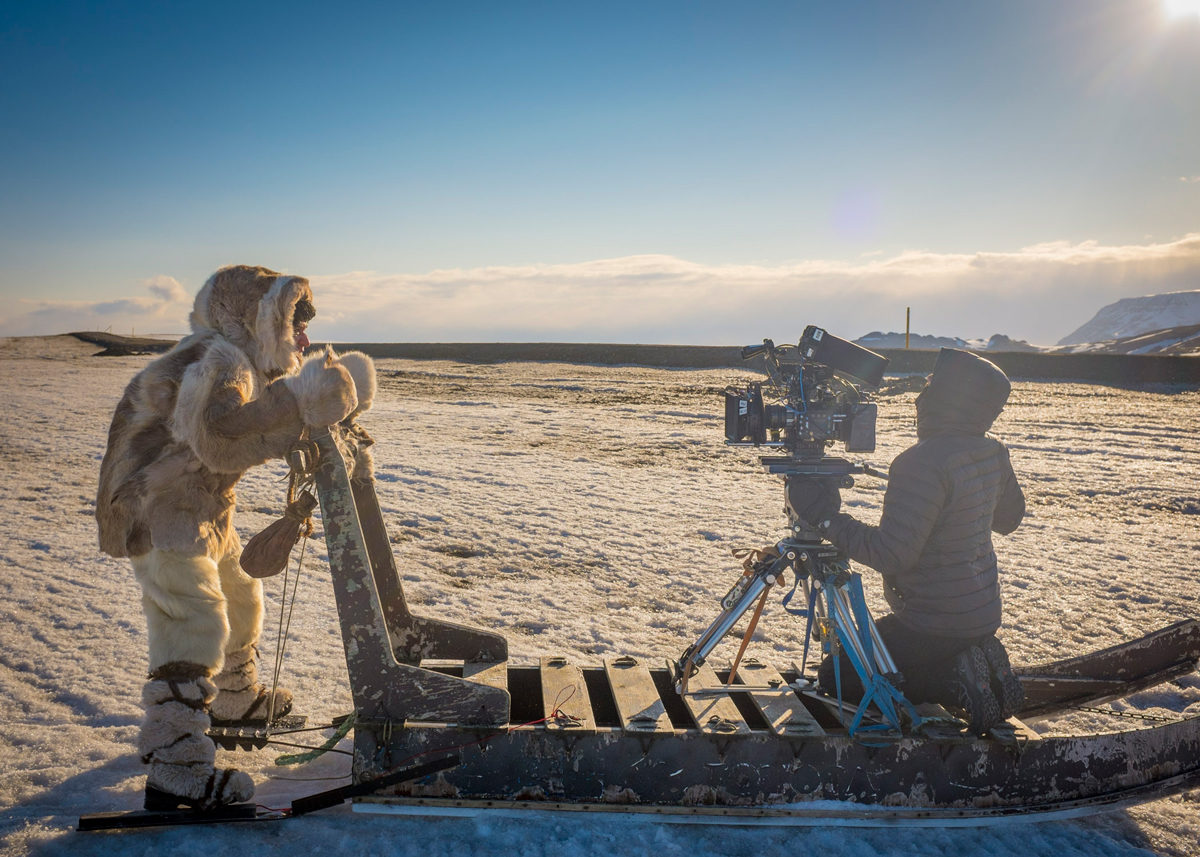
“We would go, ‘Okay, I’m doing this, so maybe you could just cut to Fred,’” Hader adds. “But then we’d stop and go, ‘The Maysles Brothers had one camera. So you can’t get Fred,’” says editor Epstein, instead breaking up shots with other inserts, as in the original. “You have to constantly keep in mind the reality that they were working under, while finding the balance to keep up pace,” Epstein observes.
The directors also had to remind the veteran Cuevas not to pan to Hader until after he had begun to speak a line – just as Maysles would have done. “You’re reacting, rather than anticipating,” Thomas describes. “Even though everything is scripted, you have to stay in the mindset as if it is not,” something which is opposite of more typical shooting for television, Cuevas notes. “As an operator, your instincts are to go with the dialogue. Alex and Rhys were good about reining me in and not going with my instincts, going instead with the reference material.”
For the silent-era “Kunuk,” TCS was able to supply a set of (re-housed) Series-1 Cooke primes from the 1930s. But Buono still had to replicate the types of camera moves used by Nanook filmmaker Robert Flaherty.
“Flaherty was a guy with very little cinematography experience at that time,” Buono explains. “He was up there with a tripod and an old, hand-cranked Akeley pancake camera, just panning and tilting; no handheld. So much of that film just plays out in these wide shots, following Nanook on the horizon with these rough panning shots on this beat up old tripod in the Arctic. So that’s what we did.”
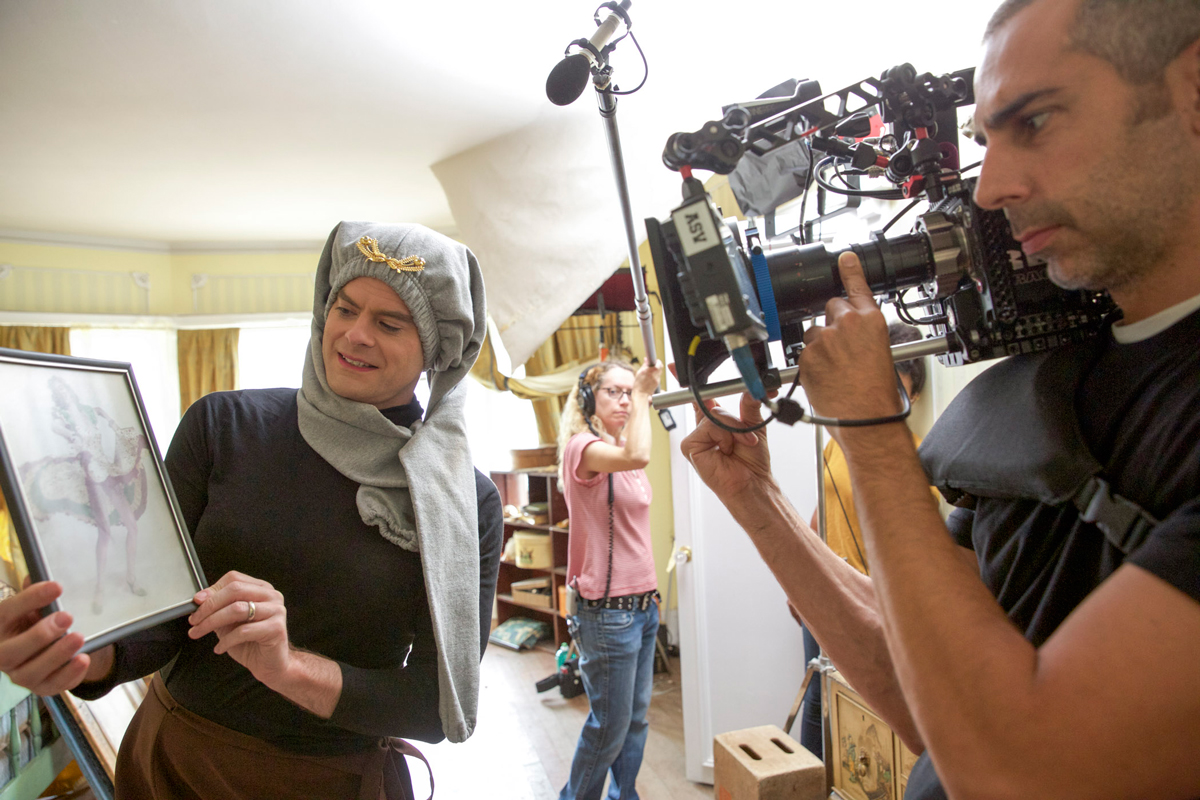
Editor Micah Gardner, working out of Broadway Video’s post facilities in Beverly Hills, was keen to replicate the pacing of a silent-era doc, which also went against his own instincts. “They were still finding editing at that point in time,” he notes. “Every shot in Nanook just seems so long!” – exemplified by a long static shot, which just holds on Armisen for several seconds as he blinks.
Gardner would also replicate the use of jump cuts within a shot. “Those had a double function,” he says, allowing the team to both mix and match different takes, as well as replicate a well-known trope in silent films, representing bad splices and multiple repairs over the decades.
Once an episode is cut in Adobe Premiere, Epstein and Gardner then use Red Giant Universe to apply approximate versions of effects, such as scratches, aging and dirt, which are then created in earnest after color timing by Post Supervisor Ted Pacult and assistant Greg Promani.
During timing at Technicolor with colorist Scott Klein, another very important step is introduced – grain. While filmmakers often choose to utilize simple film grain plug-ins, such as Sapphire or Film Convert, during editorial, the results didn’t quite fit the bill for Documentary Now!
“Most film grain emulation programs don’t look real, because they’re essentially simply a scan of a clear negative of a particular stock,” Buono offers. “All you can do is just drop it in front of an image – it looks like you’re looking through a shower curtain of grain at your image. And that’s not at all how film grain works.”
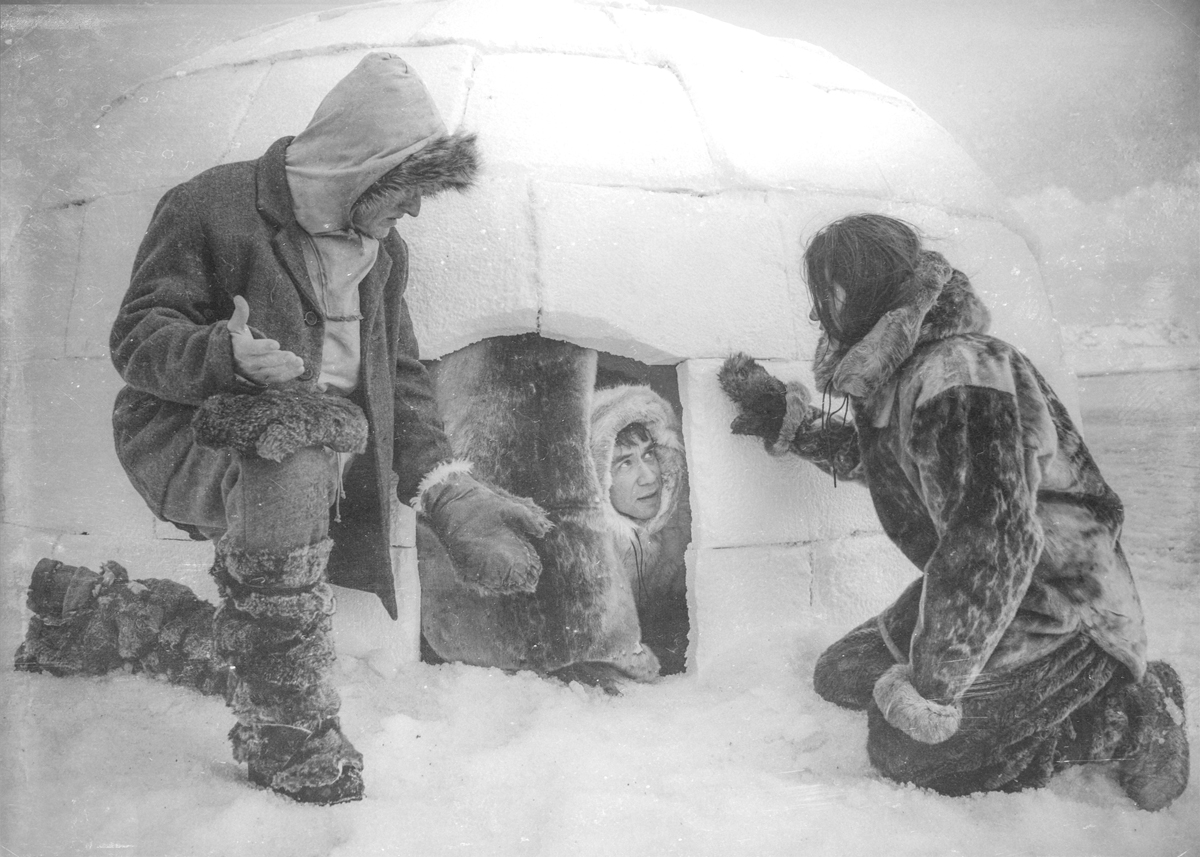
The team instead turned to film texture consultant Suny Behar, whose LiveGrain system emulates the way silver halide film grain particles density varies with exposure in different areas of the frame. “Every point in every line of every frame gets mapped,” Behar says, “exactly as if the image had been photographed onto a film negative.”
Prior to an episode’s color session, Buono and editorial provide Behar with both high-quality footage of the photographed image, as well of the reference footage, and information on original film stocks used. Behar then provides a range of presets for that film stock, representing ranges of exposure – any of which can be applied, as desired, anywhere in a scene or episode.
Following color timing, Pacult and Promani work in After Effects to use a number of Red Giant Universe tools, as well as Magic Bullet and the dirt and scratches collection found in FilmLooks, to accurately create the wide variety of degradation effects seen throughout the series, i.e., flicker, dirt, scratches, gate weave and more.
VHS tape effects are also introduced, where needed. For the “Kunuk” interview footage of the silent film’s original cameraman (part of the show’s faux 1985 “modern” documentary), Thomas and Buono modeled the shots on interviews with Hal Roach from Kevin Brownlow’s 1980 doc series, Hollywood: A Celebration of the American Silent Film – even to the point of matching the swimming pool seen in the background.
Buono noted that those interviews were shot on 16 mm, with a 16-mm lens, and, true to the look of Brownlow’s film, applied further videotape degradation in post. Notes Behar, “It would have been shot on film but transferred to tape, likely a Sony U-matic system, a number of times in Editorial. So the idea of shooting it on the original film stock, and then adding video compression on top, as if it had been transferred from tape to tape. You’re seeing the image go through all those phases.” Adds Buono, “It’s gotta be a documentary made in the 80s, looking back at a film made in the 20s and then broadcast in the 80s, in our fictional documentary show, and then just revisited in 2015.”
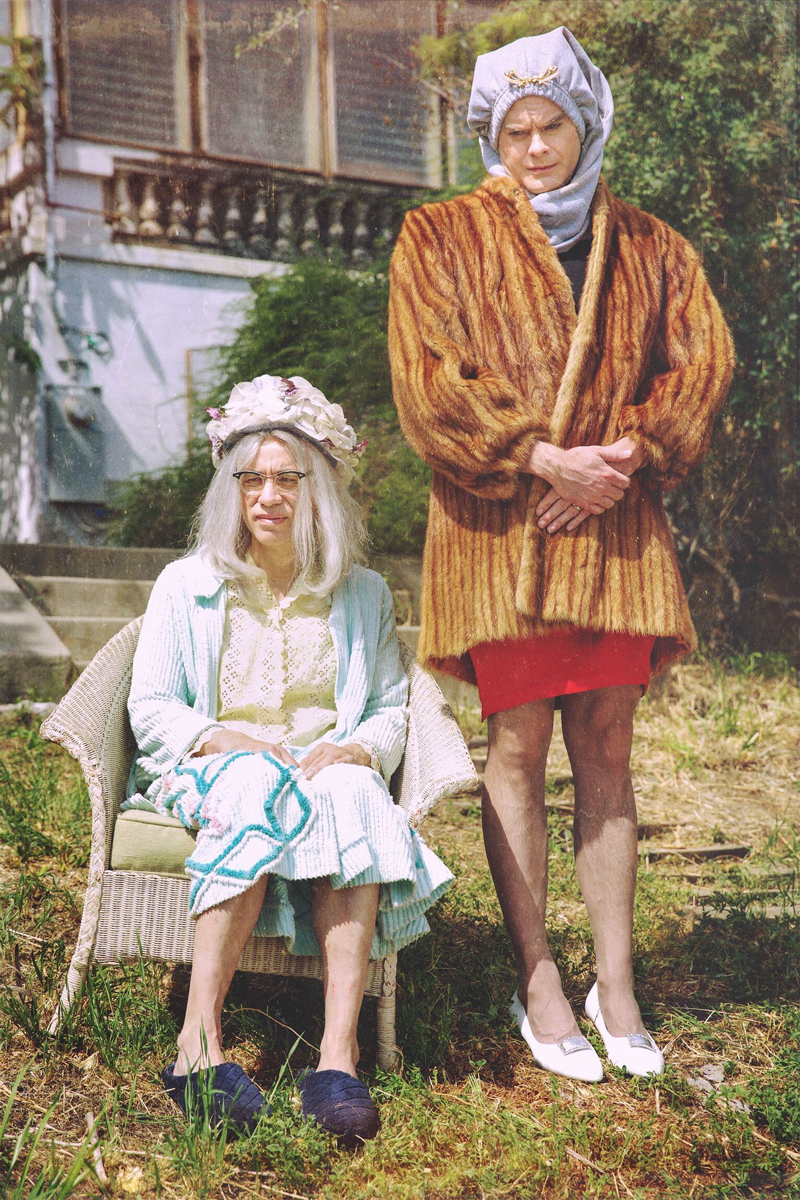
“Blue Jean Committee,” the most complex production of the series, also included video degradation. For faux archival footage representing a performance on NBC’s In Concert, Pacult introduced a shift in the color channels, altering the reds to create an effective videotape bleed, true to the era.
A good amount of fake Super 8-mm footage also appears in the episode – mostly shot on an iPhone, using Nexvio’s 8mm Vintage Camera app to provide an effective look. “The way you hold an iPhone conveys something closer to the way a dad would hold a small handheld camera than sending someone in with a Red mounted on their shoulder,” Thomas notes.
The episode also features a plethora of still photos, both used as props and as storytelling devices – all of which were shot by Thomas and Buono, who, lacking a budget for a full-time photo re-toucher to create them, applied aging and other degradation effects themselves. “On ‘Blue Jean Committee’ we spent a full production day shooting nothing but ‘archival’ still photos,” Buono recounts. “Our AD actually has them scheduled in as shots on episodes. They’re part of the day’s work.”
The resultant compilation of effects and skills, from lens selection, image capture, LiveGrain, and post effects, along with Hader and Armisen’s performances, demonstrate the filmmakers’ incredible love for documentary – enough to effectively fool and entertain the show’s audience. “I always say,” concludes Hader, “that we’re doing our jobs right if you’re flipping channels and find yourself saying, ‘Oh, wow, Grey Gardens is on. Oh, no, wait – what’s Fred Armisen doing in Grey Gardens?’”
Lead Image: Prop photo from Documentary Now!, featuring the faces of actors Fred Armisen and Bill Hader inserted into an archival photograph and degraded in post / Photo Courtesy of Rhys Thomas

